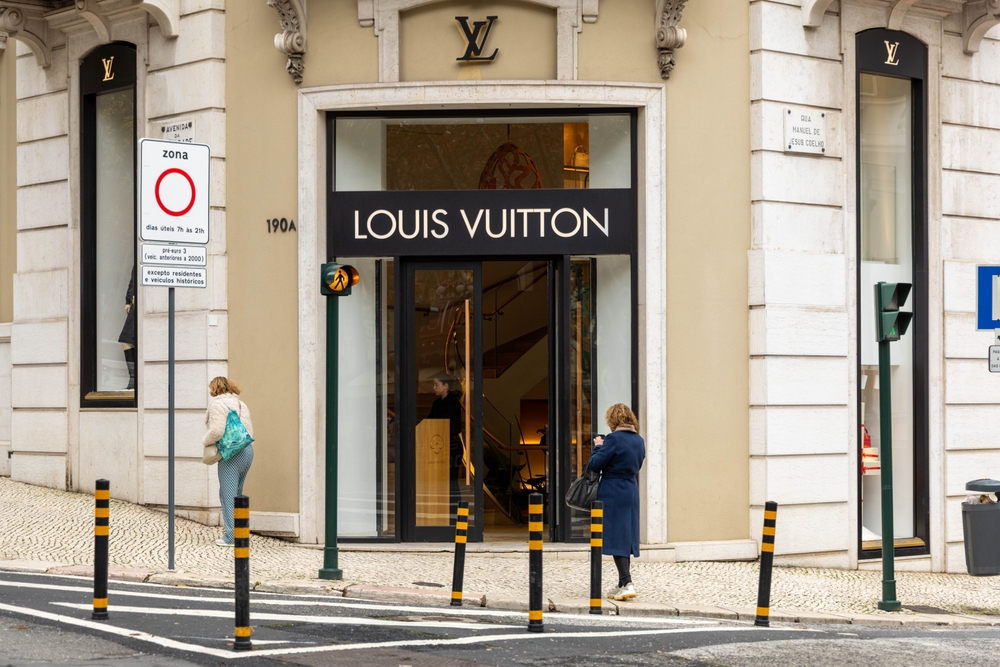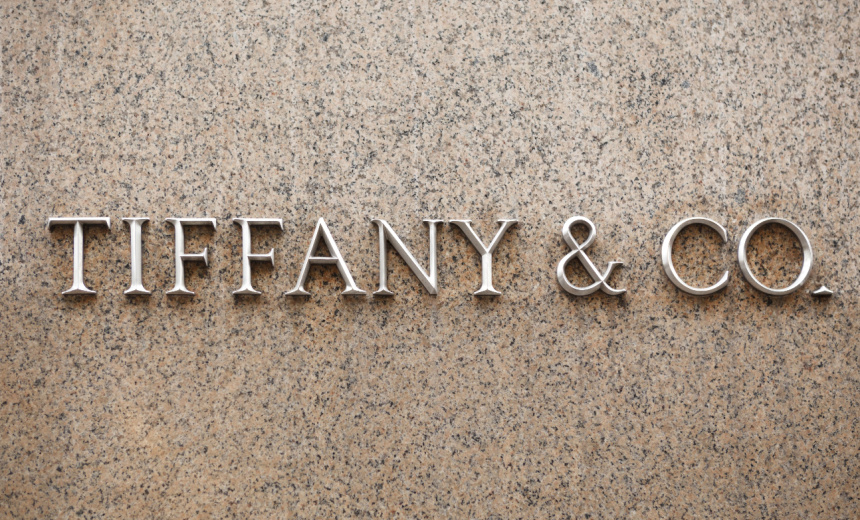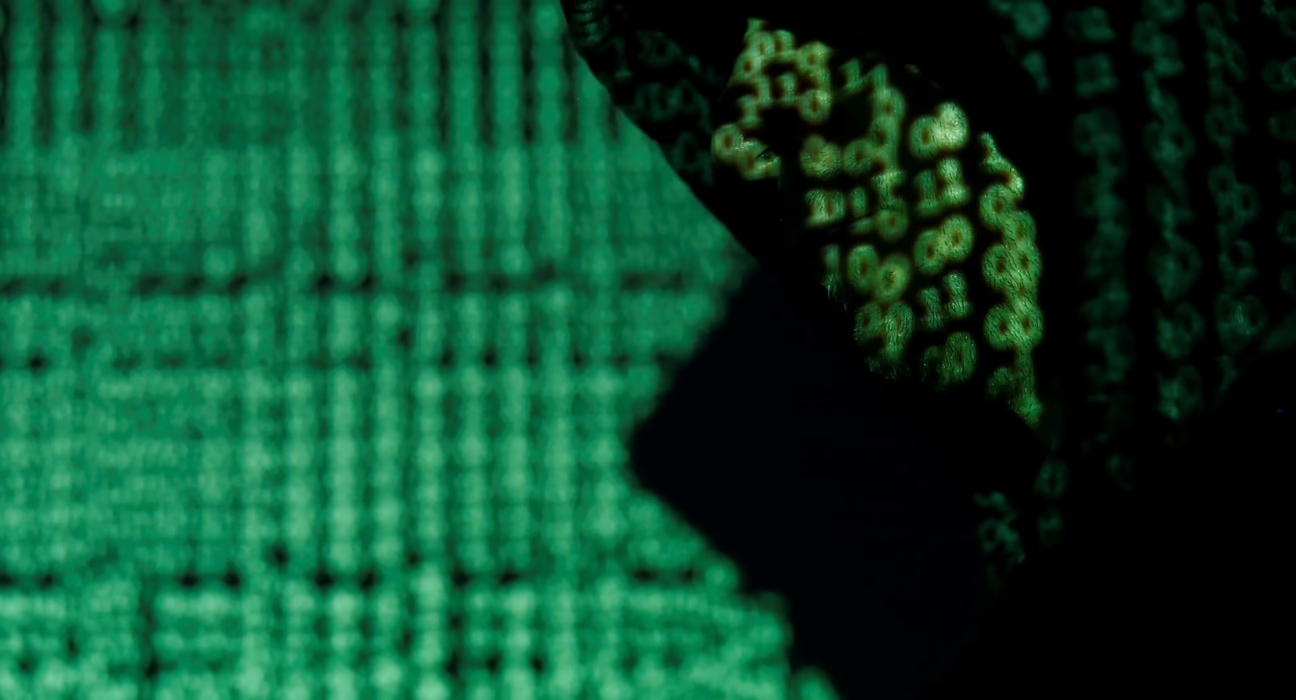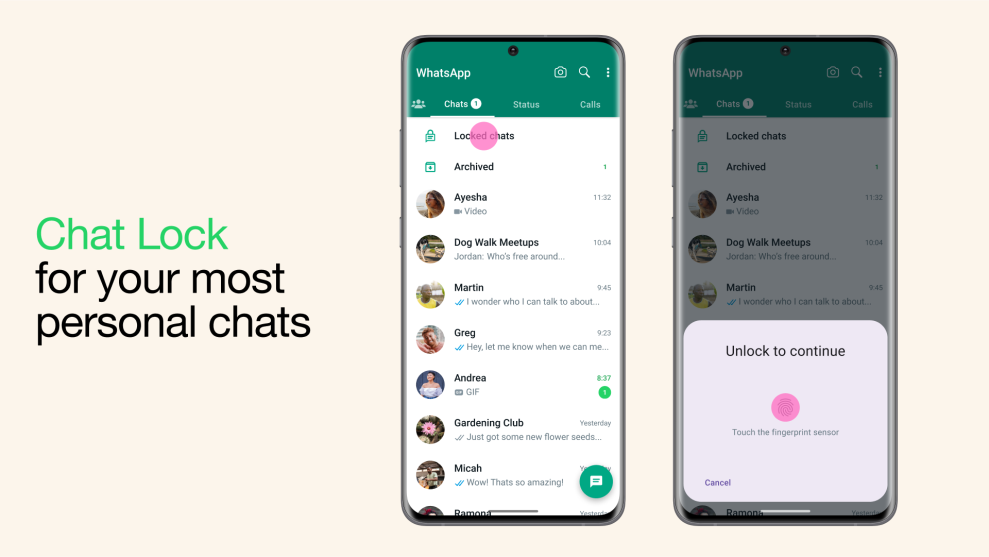Addressing the Louis Vuitton Korea Customer Data Leak: What You Need to Know

Estimated reading time: 9 minutes
Key Takeaways
- The Louis Vuitton Korea customer data leak is a significant incident highlighting vulnerabilities in luxury retail.
- Discovered in early July 2025, the breach involved unauthorized access on June 8, 2025, leading to the exposure of non-financial customer data.
- This incident is part of a growing trend of luxury brand data breach South Korea, with other high-profile brands also targeted.
- While sensitive financial information was reportedly secure, customers are advised to remain vigilant against phishing and monitor personal activity.
- The incident underscores the urgent need for robust, proactive cybersecurity luxury retail sector measures, including enhanced encryption, comprehensive training, and continuous monitoring.
- Louis Vuitton Korea is actively investigating and reinforcing its systems, signaling that full Louis Vuitton cyberattack details 2025 will unfold over time.

Table of contents
- Addressing the Louis Vuitton Korea Customer Data Leak: What You Need to Know
- Key Takeaways
- Introduction
- The Incident Unveiled: What Happened with the Louis Vuitton Korea Customer Data Leak?
- Understanding the Vulnerability: How Louis Vuitton Data Was Leaked
- Contextualizing the Threat: Luxury Brand Data Breach South Korea
- Unpacking the “Louis Vuitton Cyberattack Details 2025”
- Implications and Ramifications: For Customers and the Cybersecurity Luxury Retail Sector
- Moving Forward: Enhancing Cybersecurity in Luxury Retail
- Conclusion
- Frequently Asked Questions
Introduction
The digital landscape has become an increasingly treacherous domain, and recent events have brought this reality sharply into focus. We must immediately address the Louis Vuitton Korea customer data leak as a significant security incident that sends ripples through the global luxury retail industry. This unfortunate event not only underscores the growing concerns about cybersecurity vulnerabilities within this high-value sector but also highlights a particularly alarming trend in South Korea. It is a stark reminder that even the most prestigious brands are not immune to the relentless threats posed by cybercriminals.
Indeed, this incident is part of an increasing frequency and impact of cyberattacks on high-profile brands, a trend that is predicted to escalate. As highlighted by Pnbrief, explosive cybersecurity threats are shaping the trends of 2025, making robust defenses more critical than ever. Our goal with this blog post is to provide detailed information and crucial context regarding this specific security incident, shedding light on its implications for affected customers and drawing broader lessons for the entire cybersecurity luxury retail sector. In light of incidents like the luxury brand data breach South Korea, the necessity for robust and proactive security measures is not just advisable—it is absolutely essential.

The Incident Unveiled: What Happened with the Louis Vuitton Korea Customer Data Leak?
The unsettling reality of the Louis Vuitton Korea customer data leak has been confirmed, sending a clear message across the luxury retail landscape about the persistent nature of cyber threats. The timeline of the breach reveals a concerning delay in detection: while the incident itself involved an unauthorized third party accessing their systems on June 8, 2025, it was not until early July 2025 that the breach was officially discovered. This delay, as also reported by NDTV Profit and DataBreaches.net, highlights a critical challenge in cybersecurity: the time between intrusion and discovery, a window during which malicious actors can operate undetected.

Company statements have shed some light on the scope and initial impact, clarifying that the incident was limited to certain customer details. Importantly, Louis Vuitton Korea has repeatedly asserted that sensitive financial information—such as credit card numbers and bank account details—remained secure. This reassurance has been echoed across multiple sources, including The Economic Times, Investing.com, NDTV Profit, Biz Chosun, and DataBreaches.net. While this is certainly a relief for affected customers, the exposure of personal identifying information still carries significant risks, prompting a need for heightened vigilance among the luxury brand’s clientele in South Korea.
Understanding the Vulnerability: How Louis Vuitton Data Was Leaked
To truly grasp the implications of this incident, it’s vital to understand how Louis Vuitton data was leaked based on the information made public. According to official notices, the breach occurred when a third party gained temporary access to Louis Vuitton Korea’s internal systems. This has been confirmed by various reputable sources, including The Economic Times, NDTV Profit, Biz Chosun, and DataBreaches.net. While the specific technical vector—be it a sophisticated phishing attack, a compromise of a third-party vendor, or an exploitation of an internal vulnerability—has not been publicly disclosed, all indications point to unauthorized external access rather than an insider error.

The leaked information, as confirmed by Louis Vuitton Korea, included customer names, contact details (such as email addresses and phone numbers), and other non-financial data provided by customers during purchases or interactions. This aligns with reports from The Economic Times and Biz Chosun. Crucially, and repeatedly emphasized by the company, information such as passwords, credit card numbers, and bank account details were *not* compromised. This critical detail has been corroborated across numerous publications, including The Economic Times, Investing.com, NDTV Profit, Biz Chosun, and DataBreaches.net. While the assurance regarding financial data is positive, the exposure of personal contact information still opens avenues for targeted phishing attacks and social engineering schemes, making customer awareness paramount.
Contextualizing the Threat: Luxury Brand Data Breach South Korea
The Louis Vuitton incident, while significant on its own, must be placed within the broader and increasingly concerning landscape of a luxury brand data breach South Korea. Louis Vuitton, unfortunately, is not an isolated case. This breach follows a string of similar, high-profile incidents that have impacted other prominent luxury brands operating in South Korea. Reports indicate that esteemed names like Dior, Tiffany, and Cartier have all experienced data breaches in 2025, signaling a worrying trend that extends beyond a single corporation. This pattern has been widely noted by sources such as The Economic Times, Biz Chosun, and DataBreaches.net, emphasizing a systemic vulnerability.

So, why are luxury brands increasingly becoming prime targets for cybercriminals? The frequency of such attacks points to a clear and strategic motivation. Luxury brands often cater to an affluent customer base, making their data highly valuable for identity theft, targeted scams, and other fraudulent activities. The sensitive nature of the data involved—ranging from detailed purchase histories and preferences to personal contact information—can be exploited for various illicit purposes. Furthermore, the perception of security and exclusivity associated with luxury brands can sometimes create a false sense of invulnerability, making them attractive, albeit challenging, targets for sophisticated cyber threat actors.
The consequences of these high-profile breaches in the luxury sector extend far beyond immediate data exposure. They have inevitably prompted rigorous regulatory investigations and significantly increased scrutiny of cybersecurity practices across the industry. This intensified oversight, as highlighted by The Economic Times, Biz Chosun, and DataBreaches.net, forces brands to reassess and significantly bolster their digital defenses. The reputational damage and erosion of customer trust that accompany such incidents can be far more costly and long-lasting than the direct financial losses, underscoring the urgent need for a paradigm shift in how luxury brands approach cybersecurity.
Unpacking the “Louis Vuitton Cyberattack Details 2025”
The inclusion of “2025” in the phrase Louis Vuitton cyberattack details 2025 serves a specific and important purpose: it signals that while the initial breach occurred in June 2025 and was disclosed in early July, the full scope of the incident, its investigation, and the resulting actions will likely extend throughout the remainder of the year and potentially beyond. This reference indicates an ongoing process rather than a concluded event. Comprehensive reports, official regulatory findings, and the full implementation of customer notification and systemic reforms typically unfold over months, and this situation is no different. This extended timeline for disclosure and remediation is supported by initial reports from The Economic Times and Biz Chosun, which suggest an evolving situation.

At present, the known Louis Vuitton cyberattack details 2025 confirm that Louis Vuitton Korea is actively engaged in a multi-faceted response. The company is collaborating closely with independent cybersecurity experts to conduct a thorough forensic investigation, aiming to understand precisely how the breach occurred, its full extent, and to identify any lingering vulnerabilities. Concurrently, Louis Vuitton Korea is working in conjunction with relevant regulatory authorities in South Korea to ensure compliance with data protection laws and to provide transparent updates as the investigation progresses. This dual approach of expert-led investigation and regulatory cooperation is critical for both internal remediation and external trust-building.
Furthermore, a significant part of their response involves reinforcing their existing digital defenses. This will likely include a comprehensive review of their IT infrastructure, security protocols, and employee training programs to prevent future occurrences. As reported by NDTV Profit and Biz Chosun, Louis Vuitton Korea’s swift action to not only contain but also fortify its systems underscores the seriousness with which they are treating this breach. The coming months will undoubtedly reveal more specific technical details, the full impact on the customer base, and the long-term strategic changes implemented by the brand to enhance its cybersecurity posture.
Implications and Ramifications: For Customers and the Cybersecurity Luxury Retail Sector
For Affected Customers:
While Louis Vuitton has assured that financial data was not compromised, affected customers still face potential risks. The most immediate concern is the possibility of targeted phishing attempts and social engineering scams. It is paramount for customers to monitor communications diligently and to be extremely vigilant against phishing attempts, suspicious emails, or any unsolicited contacts claiming to represent Louis Vuitton. As Pnbrief advises for staying safe online, always verify the sender and be wary of requests for personal information. Biz Chosun also underscores this vigilance.

Given that non-financial personal data was exposed, it is also highly recommended that customers change passwords for any online accounts where similar details (such as your email address, name, or previous password patterns) might have been used. This is a critical step in mitigating the risk of credential stuffing attacks, especially pertinent in an era where billions of passwords have been leaked in other breaches. Furthermore, even though financial data was reportedly secure, it’s always a wise precautionary measure to monitor personal credit activity. Tools and services that help in protecting personal data online can provide an additional layer of security and peace of mind.
For Louis Vuitton:
For Louis Vuitton, the ramifications are multifaceted. Beyond the immediate operational challenges of containing the breach and investigating its origins, the company faces significant reputational and regulatory risks. The erosion of customer trust can be profound and long-lasting, particularly for a brand built on exclusivity and integrity. Moreover, the incident will inevitably trigger investigations by data protection authorities, potentially leading to substantial fines and mandated security enhancements, as mentioned by Biz Chosun. This incident may well prompt the swift rollout of new, enhanced security measures and more intensive staff training across the organization, transforming their cybersecurity framework from reactive to proactively resilient.
For the Industry (Cybersecurity Luxury Retail Sector):
The repeated targeting of luxury brands in South Korea, including Dior, Tiffany, and Cartier alongside Louis Vuitton, unequivocally demonstrates a sector-wide vulnerability. This isn’t just about one brand’s lapse; it’s a clear signal that the entire cybersecurity luxury retail sector needs a profound shift in its approach to digital security. There is an urgent and critical need for more advanced, proactive cybersecurity strategies across the industry to safeguard against increasingly sophisticated threats. The high-value nature of their customer data, coupled with the brand’s premium image, makes them irresistible targets for cybercriminals.
This imperative for change has been consistently underlined by various media outlets covering these breaches, including The Economic Times, Biz Chosun, and DataBreaches.net. The sector must move beyond basic compliance and embrace a culture of continuous security improvement, threat intelligence sharing, and collaborative defense mechanisms to protect their valuable assets—both data and reputation—in an increasingly hostile digital environment. This means treating cybersecurity not just as an IT function but as a fundamental business imperative.
Moving Forward: Enhancing Cybersecurity in Luxury Retail
The recent surge in breaches affecting high-end brands necessitates a paradigm shift in how the cybersecurity luxury retail sector approaches its digital defenses. It’s no longer enough to react to incidents; the focus must shift to proactive prevention and robust resilience. Here are critical strategies and general best practices that are essential for preventing future breaches:
- Robust Data Encryption: Implementing strong, end-to-end encryption for all customer information is non-negotiable. This applies to data both at rest (stored on servers) and in transit (moving across networks). Encryption ensures that even if data is accessed by unauthorized parties, it remains unreadable and therefore useless to them, protecting sensitive customer data comprehensively.
- Comprehensive Employee Training: Human error remains a leading cause of data breaches. Therefore, ensuring all staff members, from frontline sales associates to executive leadership, are regularly trained on cybersecurity risks is crucial. This training should cover phishing awareness, secure data handling protocols, password hygiene, and their individual role in maintaining the organization’s overall security posture. A well-informed workforce is the first line of defense.
- Third-Party Risk Management: Many breaches originate through vulnerabilities in third-party vendors or partners who have access to a brand’s systems or data. Luxury retailers must establish stringent security standards and contractual obligations for all partners and vendors who handle customer data or have access to internal systems. This requires continuous auditing and monitoring of their compliance and security practices to ensure they meet the same high standards as the primary brand.
- Continuous System Monitoring: Deploying advanced tools and practices for 24/7 monitoring of network traffic, system logs, and user behavior is vital. This enables the detection of anomalous activities, potential intrusions, and emerging threats in real-time, allowing security teams to respond swiftly before significant damage occurs. Breakthroughs in AI cyber defense are revolutionizing this field, offering predictive capabilities and automated responses that can significantly enhance protection.
- Rapid Incident Response Planning: Despite all preventive measures, breaches can still occur. Therefore, developing and regularly testing a detailed incident response plan is paramount. This plan should clearly outline steps for swift containment of a breach, eradication of the threat, recovery of affected systems and data, and thorough post-incident analysis to learn from the event. A well-rehearsed plan minimizes damage, reduces recovery time, and helps maintain customer trust.

Conclusion
The Louis Vuitton Korea customer data leak stands as a stark and undeniable reminder of the evolving cybersecurity challenges that luxury brands, indeed all industries, face in our increasingly interconnected digital age. This incident, alongside others in the cybersecurity luxury retail sector, underscores the critical importance of robust security measures—not merely as a technical requirement, but as a fundamental pillar for upholding brand integrity and, most importantly, customer trust. The repercussions of such breaches extend far beyond immediate data exposure, impacting reputation, regulatory standing, and long-term consumer relationships.
As cyber threats become progressively more targeted, sophisticated, and pervasive, proactive data protection strategies, continuous security enhancements, and transparent communication will be absolutely essential. This sentiment is widely echoed across multiple authoritative sources, including The Economic Times, NDTV Profit, Biz Chosun, and DataBreaches.net. In this high-stakes market, where consumer confidence is as valuable as the products themselves, vigilance, adaptation, and unwavering commitment to digital security will define success and resilience against the ongoing tide of cyber threats.
Frequently Asked Questions
- What information was compromised in the Louis Vuitton Korea data leak?
The compromised information included customer names, contact details (email addresses and phone numbers), and other non-financial data provided by customers. Louis Vuitton Korea has confirmed that sensitive financial information, passwords, and bank account details were not affected.
- When did the Louis Vuitton Korea data leak occur and when was it discovered?
The unauthorized access occurred on June 8, 2025. However, the breach was not discovered until early July 2025, several weeks after the initial incident.
- Is the Louis Vuitton Korea data leak an isolated incident?
No, the Louis Vuitton Korea incident is part of a broader trend. Other luxury brands in South Korea, including Dior, Tiffany, and Cartier, have also reported data breaches in 2025, indicating a sector-wide vulnerability.
- What should affected customers do to protect themselves?
Affected customers should remain vigilant against phishing attempts and suspicious communications claiming to be from Louis Vuitton. It is also advisable to change passwords for any online accounts where similar personal details might have been used, and to monitor personal credit activity as a precautionary measure.
- What is Louis Vuitton Korea doing in response to the data leak?
Louis Vuitton Korea is actively collaborating with cybersecurity experts and regulatory authorities to investigate the incident thoroughly. They are also working to reinforce their digital defenses, enhance security protocols, and implement more intensive staff training to prevent future breaches.
- Why are luxury brands frequently targeted by cybercriminals?
Luxury brands are high-value targets due to their affluent customer base, making their data attractive for identity theft and targeted scams. The sensitive nature of the data collected and the perception of high value associated with these brands also make them prime targets for sophisticated cyberattacks.






